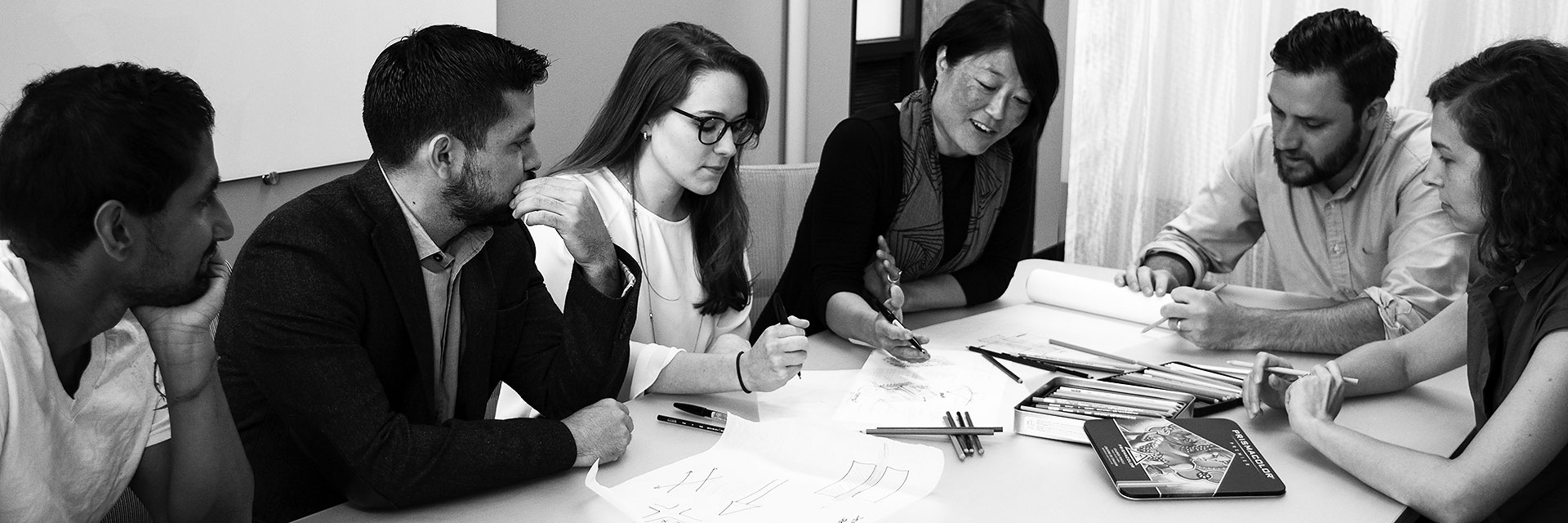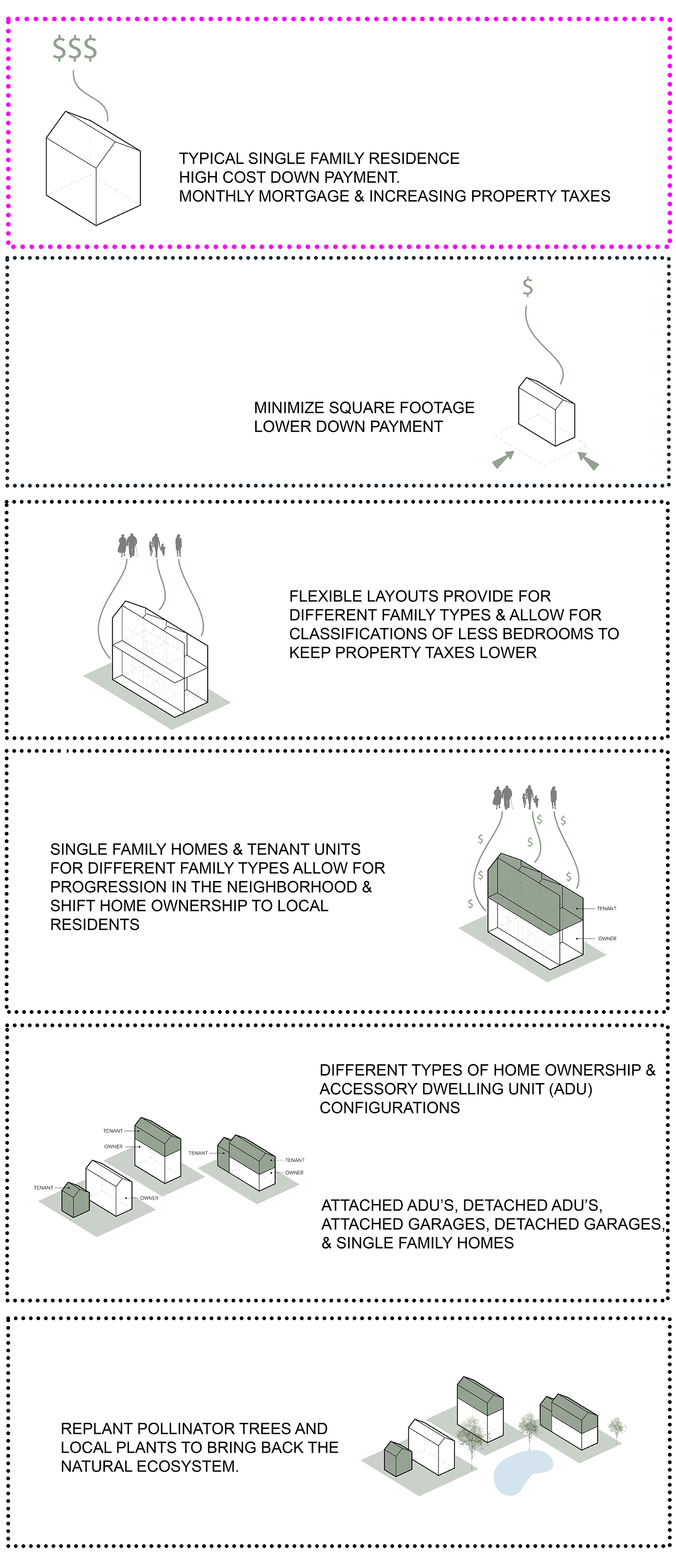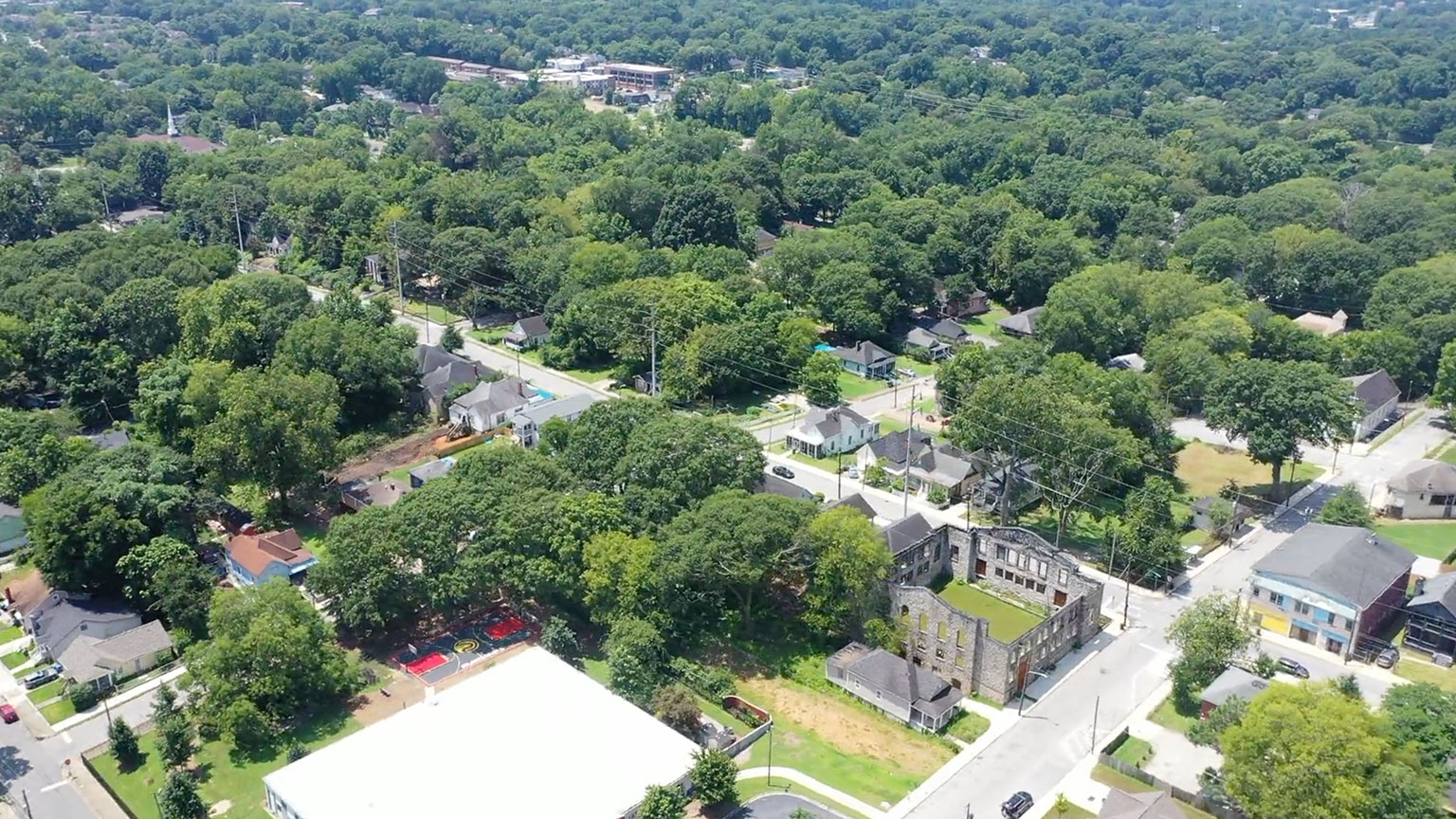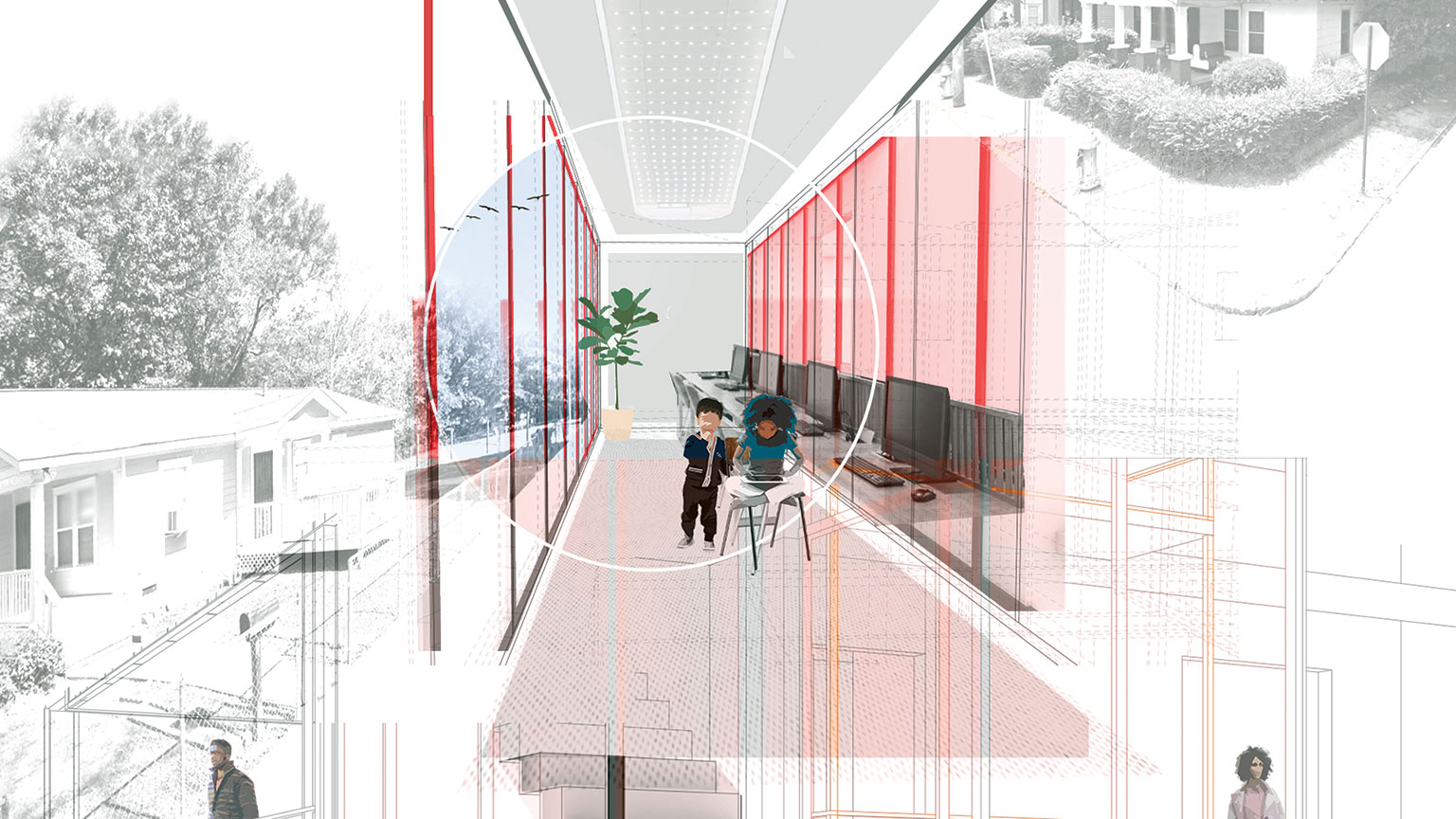
The Citizen Architect: Tech's
Signature Approach to Architecture
The Citizen Architect: Tech's
Signature Approach to Architecture
Ann Hoevel | April 20, 2023 — Atlanta, GA
Georgia Tech associate professor Julie Kim is having a banner year. She received a second consecutive Public Interest Technology University Network (PIT-UN) grant, the 2023 Collaborative Practice Award by the Association of Collegiate Schools of Architecture, and most recently the AIA 2023 Georgia Educator of the Year Award. She won the AIA award for connecting academy and architectural practice by creating replicable models of engagement which expand equity through access.
At a top-tier research institute like Georgia Tech, faculty members regularly win awards. The difference for Kim is that she's taken Georgia Tech's motto (Progress and Service) to heart, to research, and to curriculum. The result is getting a lot of attention from higher education and the Architecture industry.
"The work of my School of Architecture lab, the Flourishing Communities Collaborative (FC2), fundamentally demonstrates the value of a data-driven approach to solving social and cultural problems in the built environment, specifically for those communities that are disproportionately resource-deprived," Kim said.
Architecture Is a Service Industry

The practice of architecture is in service to society, Kim said. She asks students to consider this question: Can we imagine a role for the architect where acts of design are entrepreneurial and innovative endeavors – and that we can be advocates for actionable strategies, empowering communities through design and technology?
"Our work matters. It impacts people in a very real way, in a physical way," Kim said. "Architects are entrepreneurs, choreographers, facilitators, strategists, teachers, designers, and makers. We’re in a profession and a discipline of synthesizing things."
The work Kim orchestrates for the PIT-UN grants has several goals, but they all revolve around a constellation of concepts centered on the idea of "The Citizen Architect." As described by the American Institute of Architects, a Citizen Architect is one who uses his or her insights, talents, training, and experience to contribute meaningfully, beyond self, to the improvement of the community and human condition; and advocates for higher living standards, the creation of a sustainable environment, quality of life, and the greater good.
"Citizen architects can operate across scales of social infrastructures, technological infrastructures, environmental infrastructures, and then down to the scale of a neighborhood or a block or a building," she said.
FC2 works to develop replicable and sustainable models for sharing knowledge, expanding equity, and building community agency, Kim said. "Our work seeks to offer immediate impacts to the Georgia Tech community including opportunities for local community outreach and partnership that enrich our service-based learning outcomes. We inspire the next generation of Citizen Architects in communities like the historically vibrant but rapidly shrinking neighborhoods found in Atlanta's Westside."
Committed to English Avenue: Trust and Architecture

"Particularly with communities like English Avenue, they feel like they’ve been over-surveyed," Kim said. "They’ve participated in focus groups and work-sessions, but it's not all negative. Their voices laid the groundwork for the 2017 Land-Use Framework Plan, and it is this plan that grounds our work as well."
"I continue to cultivate trust. This takes time and patience. I have both! Because once you build that trust with a community it’s important to maintain that trust. I’m committed, I’m in it for the long haul."
Kim's current efforts have centered on addressing the socioeconomic and technical needs of the English Avenue neighborhood. Her goal is the attainable establishment of positive neighborhood-based, citizen-centric social impact and equity through technology.
As such, FC2's work in the 2022-23 academic year prioritizes the needs of the community by developing frameworks that support building social capital for the neighborhood. They've also had to address systemic housing and energy challenges.
For example, according to the Southeast Energy Alliance and the Texas Energy Poverty Research Institute, 53% of residential buildings in the South were built before the nation's first energy codes were developed. The U.S. Energy Information Administration found that Georgia residents pay an average monthly energy bill of $132, which is 13% more than the national average.
Residents shared their own challenges:
I went to visit my friend and was shocked to see the thermostat set at 90 degrees. It was the middle of winter, but that was unreal. What was even more shocking was that her house was not overly hot. It actually felt comfortable. This is clearly not right
— English Avenue resident
I am just getting by. I am spending so much on my electric bill, but I don't know how to fix that
— English Avenue resident
Smart Old Home

Recognizing the increasing pressures of climate change and economic instability, Kim and her team learned that there are many homeowners who don't know how to manage their energy consumption.
To that end, FC2 designed and is building a resource called Smart Old Home, which will provide homeowners with a set of tools and methods that they can implement to positively affect the current environmental conditions of their homes.
Smart Old Home catalogs everything from simple behavior modifications to more ambitious home maintenance updates across scales. "This set of tools equips a homeowner with the knowledge and resources that will help build economic and environmental sustainability," Kim said.
"The aim is to offer a resource to communities who don't usually have access to the information assembled in this resource. So, in that aim, Smart Old Home is one way to expand equity to disadvantaged communities," she said.
“Ultimately, our work seeks to empower communities through acts of design - I see these acts of design as acts of optimism.”